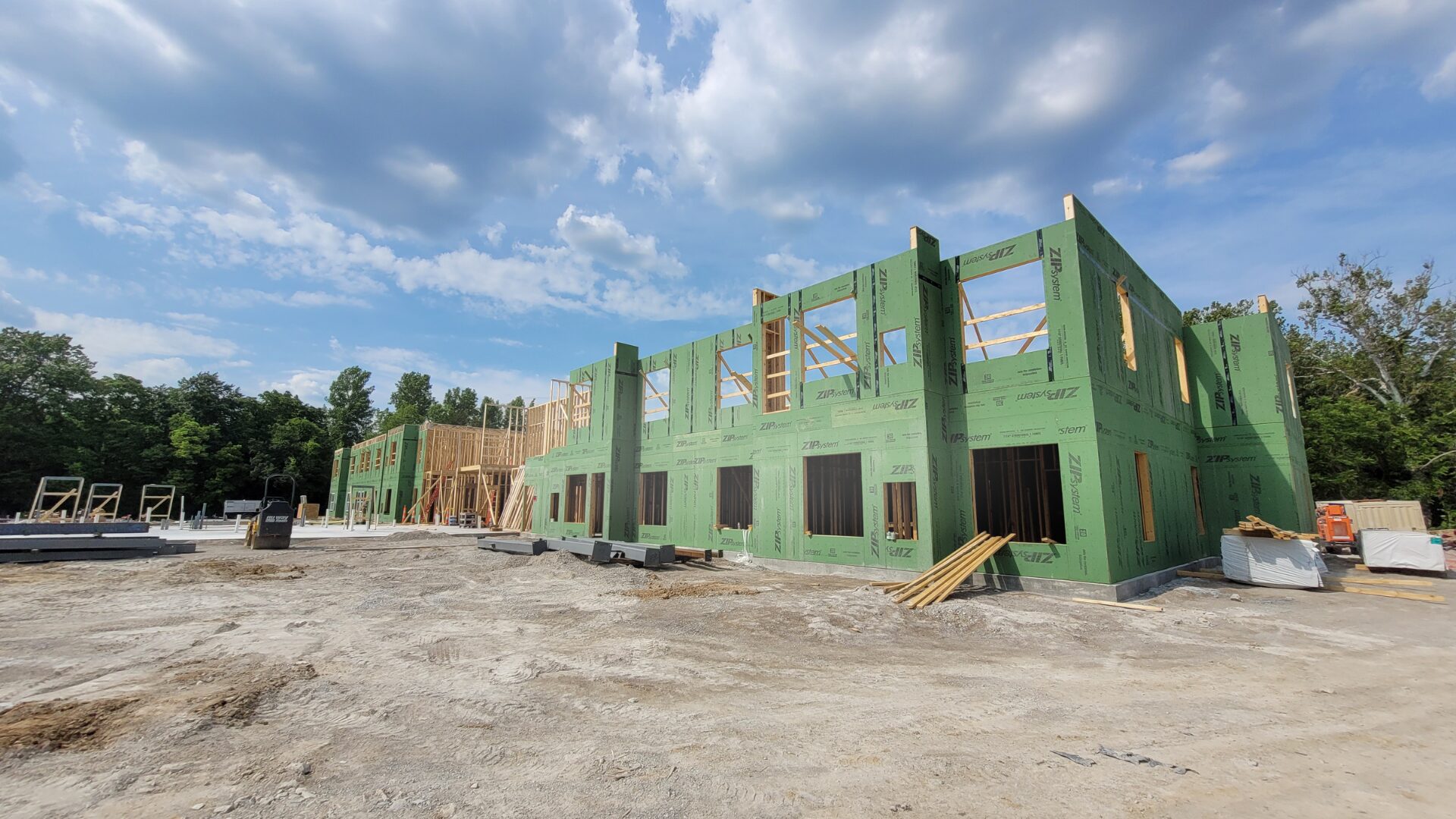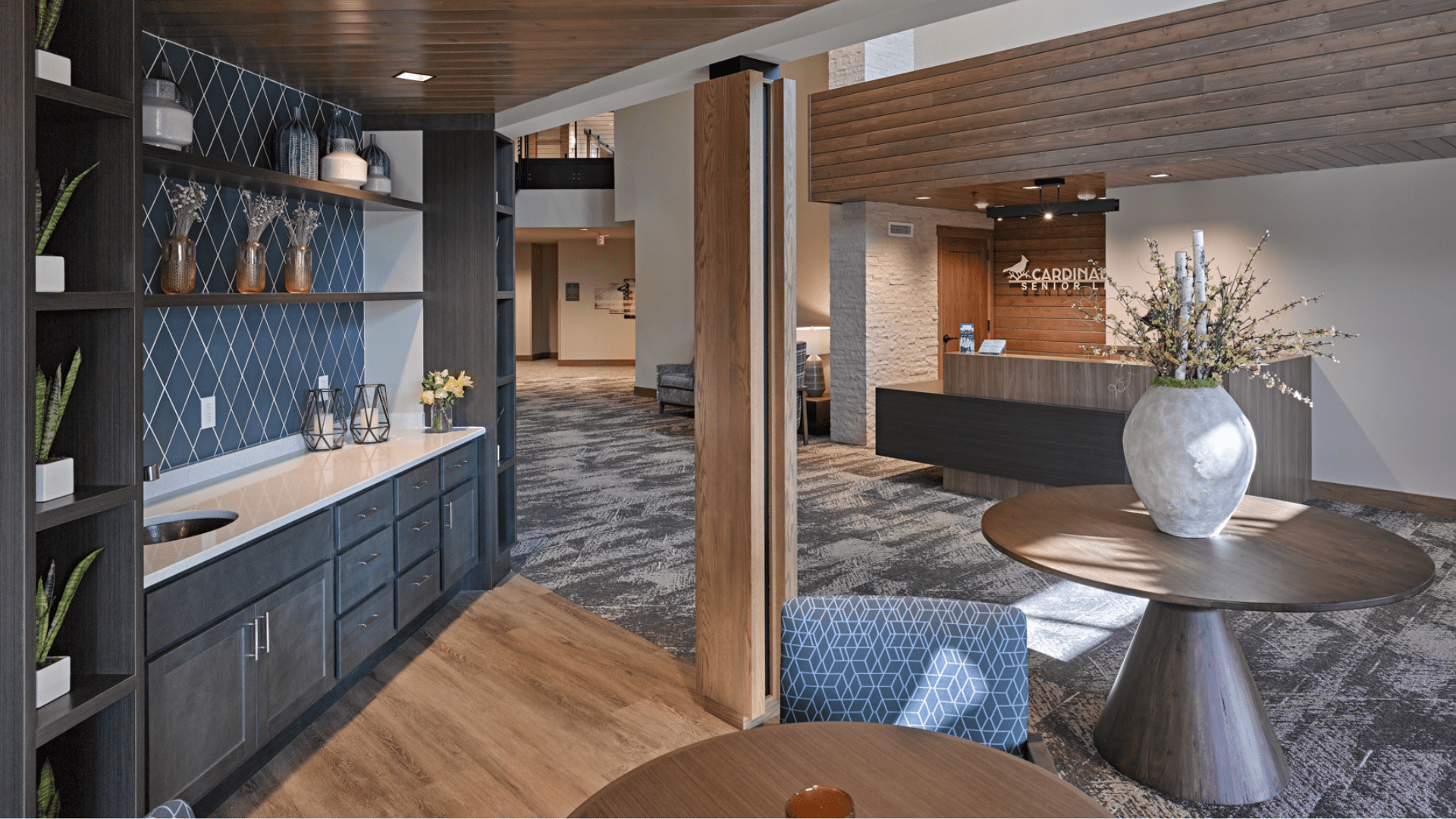This year, Iconica sent architect Abby Linley to the AIA Women’s Leadership Summit in Atlanta,…
The First Step in a Great Space: Take Your Time for Thorough Predesign
Well-conceived architectural design allows you to create energy or instill calm, hones your operational footprint, and supports your biggest asset – your employees. It probes from every angle in order to preserve options for future business growth and change, and it is ever-cognizant of cost. The crucial first step is the seldom seen, holistic analysis that sets the stage for exceeding expectations: predesign.
Predesign is where your architect gains an understanding of project goals, establishes a rough budget, and identifies the information needed to move the project forward. Code regulations are investigated and site characteristics such as topography, views, sun angles, and sensitive areas are identified. We review how people, product, supplies, and information move in and around your business. Everything significant affecting your project is noted here.
It is beneficial, therefore, to see predesign as the foundational, information-gathering, first step in the project. If done wisely and completely, it will not only help to ensure a smooth, cost-effective, and timely construction, but can also help your business to ascend to a higher level of success. In this discovery phase we, your designers, dive deep to immerse ourselves in everything that is your business.
We start with our considerable industry knowledge and add the unique attributes of your particular business – your processes, needs, company culture, customer relations, and budgets. We begin to internalize your business and visualize your needs. Our goal is to be your advocate, to make suggestions and to create a design that best suits your needs.
We want to know which departments need to be near each other and what resources each requires. We ask questions that range from the basics of staff count to complex forecasts of operational changes. You may not have all the answers, and you may not even have considered some of the questions, but the process of thinking about these things sets you on an explorative journey with us, where we aim to provide the best solution for today and the most reasonable flexibility for the future.
To prepare you for the phase of predesign, and to help direct our focus constructively, we have compiled some questions for you to consider, along with three examples of businesses that worked with us to creatively and efficiently handle their needs:
Begin with these four questions:
What is your company type?
Do you provide legal services, or sell software? Do you brew beer, or prepare taxes? Think about the requisites specific to your industry. Is your industry affected by seasonal trends or needs? For example, if you are in retail, hospitality, or accounting, then planning around your busy times is a must.
What is your expected growth?
Does your business grow steadily at a fairly predictable rate, or does landing that big contract suddenly escalate your space requirements? Are there movements in the market that may indicate change coming your way? If you are building a new structure, you can use this chance to set up for future space going vertically or horizontally. This makes your next expansion phase significantly easier to implement, and will likely save you money and time.
What will be your space requirements?
How much space do you need to efficiently operate? What are the various departments in your company, and what are the physical requirements of each? Which ones need to be close in order to share information and collaborate? What is the most efficient internal information, materials, and traffic flow for you to meet your needs? Total square footage is only the simplest of measures.
What is your real-estate position?
Are you leasing the space? If so, what are the terms of your lease, such as end date and options? Make sure that you are giving yourself ample time to negotiate a new lease or plan a move. If you own the building you’re in, what are your expansion possibilities? What is the state of the current real-estate market, and can your property be easily sold?
Our professional advice: Take the time you need.
When deciding to change your real-estate position, involve experts and spend the time needed to adequately assess your individual situation. Your broker may be your first call for help – and they are especially helpful with purchase and lease negotiations for your space. Keep your architect top of mind also. Consulting with an architect can ensure that you sign up for the most appropriate amount of space and most useful configuration – and that often amounts to significant dollars over the course of a lease.


